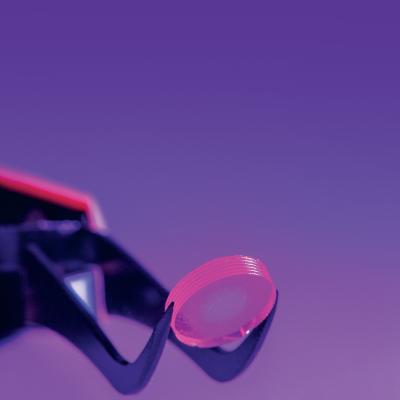LLNL researchers have continued to develop their pioneering DIW 3D-printed glass optics technology that allows for the 3D printing of single- and multi-material optical glass compositions in complex shapes. This LLNL invention further proposes incorporating dopants (including, but not limited to TiO2 and Pd) into slurries and inks for 3D printing of glass components that can then be directly…
Keywords
- Show all (44)
- Substrate Engraved Meta-Surface (SEMS) (7)
- Compact Space Telescopes (6)
- Diode Lasers (5)
- Laser Materials Processing (4)
- Precision Optical Finishing (4)
- Optical Damage Mitigation (3)
- RF Photonics (3)
- Additive Manufacturing (2)
- Fiber Lasers (2)
- Ultrashort Pulse Lasers (2)
- Manufacturing Simulation (1)
- Optical Switches (1)
- Precision Engineering (1)
- (-) Additively Manufactured (AM) Optics (2)
- (-) Sensors (1)

This novel detector for characterizing IFE implosions is an alternative to the current RTNADs to measure neutron fluxes > 3x1011 neutrons/cm2 at high shot rates. The detector consists of a stack of small square metal wafers separated by thin insulating spacers. Every other wafer is held at high voltage while the remaining wafers are grounded. The stack acts as an…

LLNL researchers have developed a custom resin formulation which uses a dispersing solvent and only a multifunctional monomer as the binding agent. The dispersing solvent system typically used has multiple components meant to achieve excellent dispersal of silica in order to create a flowable resin (rather than a paste). The dispersing agent has low vapor pressure, which allows the 3D printed…


